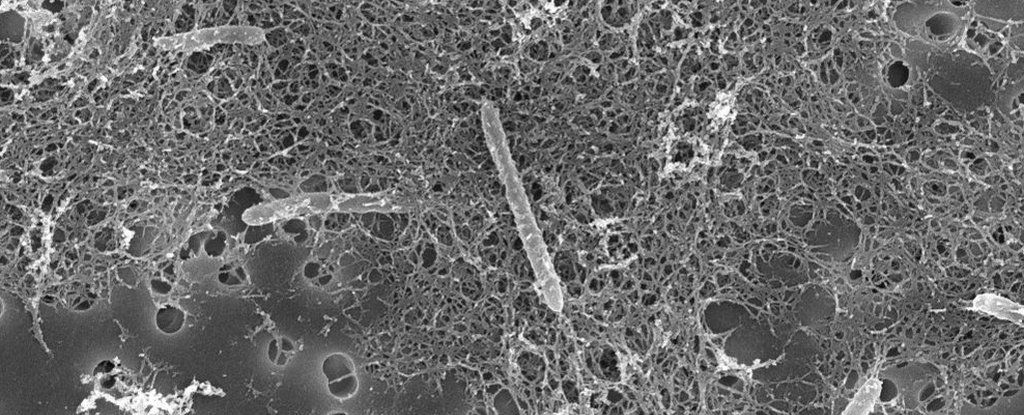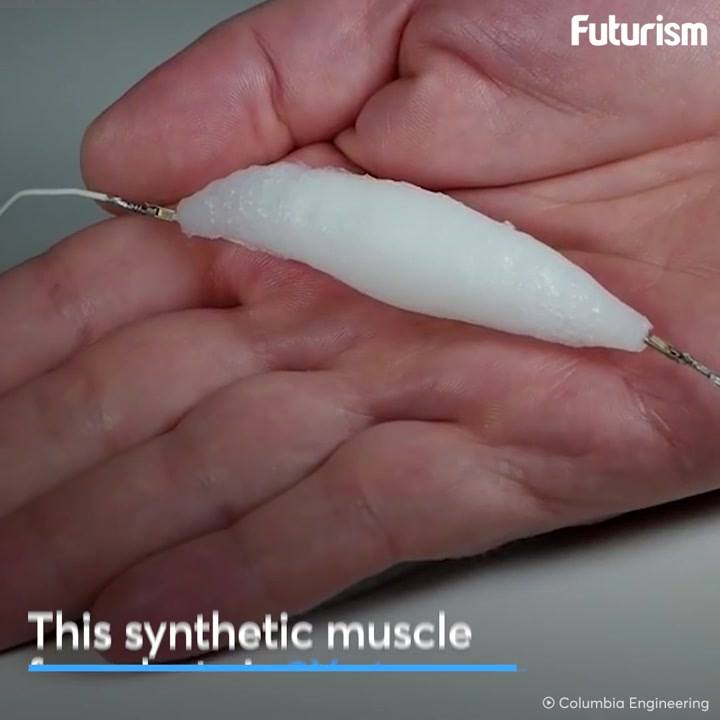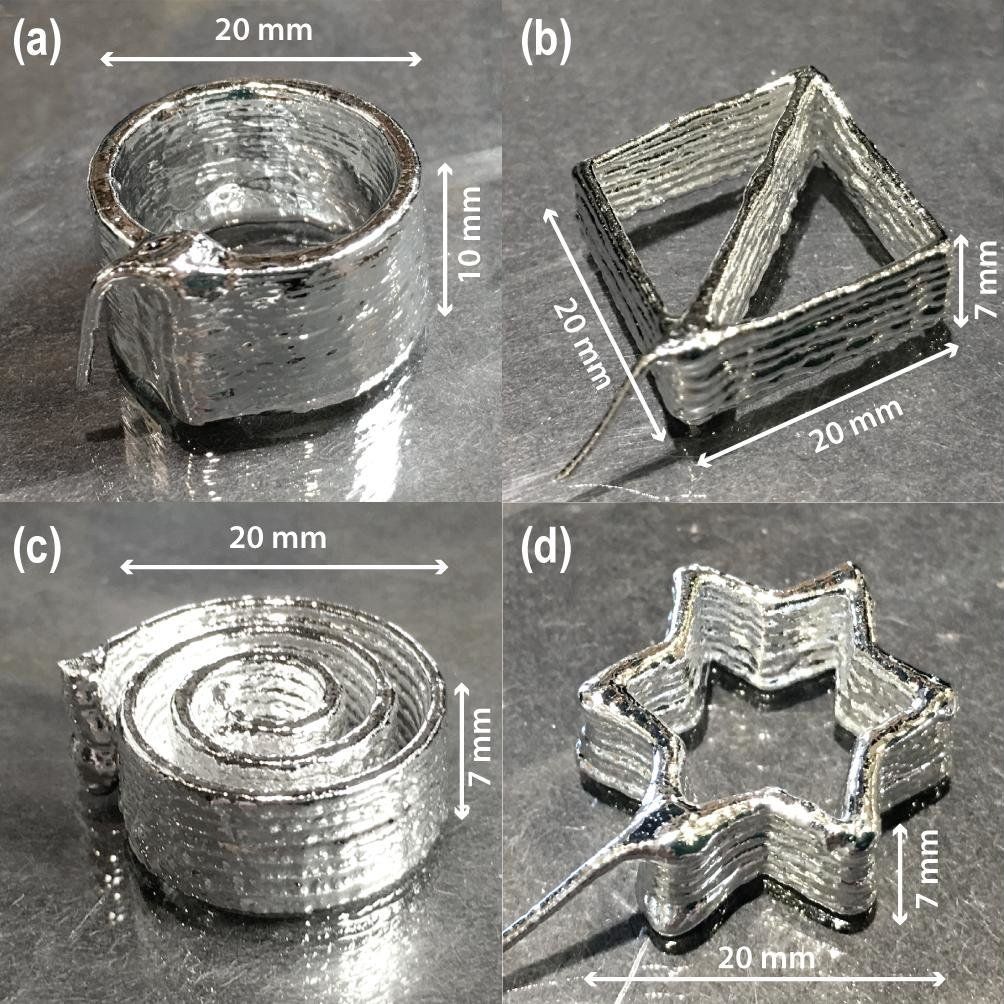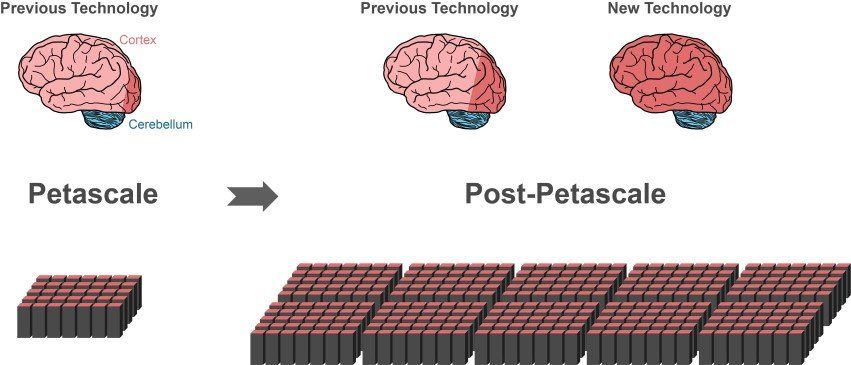Mar 5, 2018
This Strange Species That Lives Off Nuclear Energy Is Like Alien Life on Earth
Posted by Shailesh Prasad in categories: alien life, nuclear energy
When you’re trying to figure out what alien life might look like, it makes sense to be looking in the most extreme environments Earth has available.
One such place where life has been found to thrive is three kilometres (1.86 miles) beneath the ground, the home of one of the strangest lifeforms we know: the bacterium Desulforudis audaxviator.
It lives in complete dark, in groundwater up to 60 degrees Celsius (140 Fahrenheit) — an environment devoid of sunlight, oxygen or organic compounds.
Continue reading “This Strange Species That Lives Off Nuclear Energy Is Like Alien Life on Earth” »



















